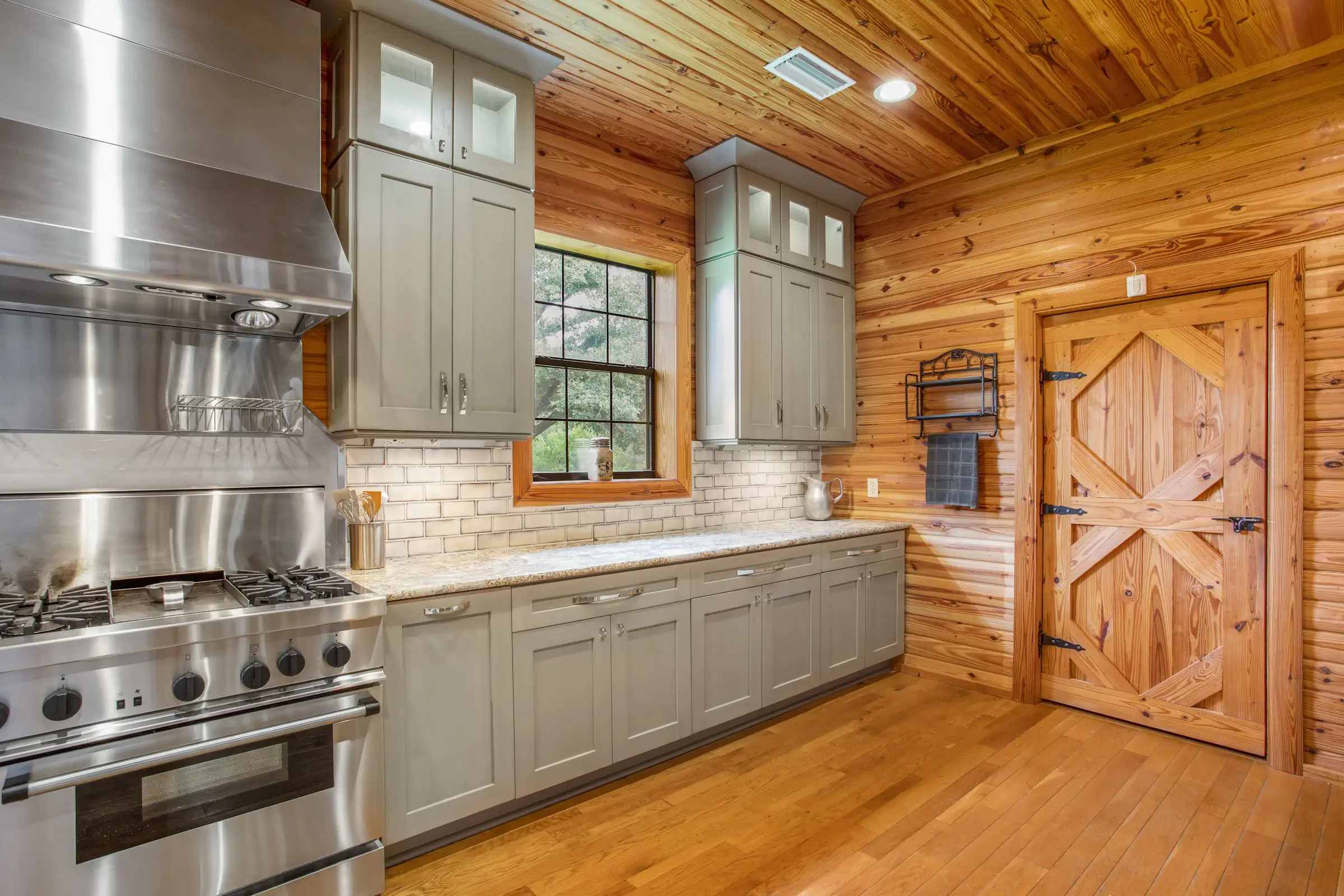Introduction: The heart of any kitchen is undoubtedly the cooking appliance, and choosing the right range and oven is crucial for a seamless culinary experience. In this blog post, we will embark on a journey through the diverse landscape of kitchen appliances, exploring the pros and cons of gas, induction, electric, dual fuel, and steam cooking systems.
1. Gas Ranges and Ovens: Pros:
- Immediate and precise temperature control.
- Ideal for professional chefs and those who prefer cooking with an open flame.
- Gas cooktops provide visual feedback, making it easier to gauge heat levels.
Cons:
- Gas appliances may have a higher upfront cost.
- Limited energy efficiency compared to electric and induction.
- Cleaning can be more challenging due to the presence of grates and burners.
2. Induction Ranges: Pros:
- Fast and efficient heating through electromagnetic technology.
- Safety features such as auto-shutoff when cookware is removed.
- Precise temperature control and quick response to adjustments.
Cons:
- Requires induction-compatible cookware.
- Higher upfront cost compared to traditional electric.
3. Electric Ranges and Ovens: Pros:
- Generally more affordable than gas and induction options.
- Smooth, easy-to-clean surfaces on electric cooktops.
- Consistent heat distribution in ovens.
Cons:
- Slower to heat and cool compared to gas and induction.
- Less precise temperature control.
- Higher electricity consumption compared to induction.
4. Dual Fuel Ranges: Pros:
- Combines the precise control of gas cooktops with the even baking of electric ovens.
- Ideal for those who want the best of both worlds.
- Suitable for professional and passionate home cooks.
Cons:
- Typically comes with a higher price tag.
- May require professional installation.
- Maintenance can be more complex due to dual energy sources.
5. Steam Cooking Systems: Pros:
- Preserves nutrients and enhances flavors in food.
- Versatile cooking methods, including steaming, baking, and roasting.
- Healthier cooking option compared to traditional methods.
Cons:
- Limited browning and caramelization compared to traditional ovens.
- May have a steeper learning curve for those unfamiliar with steam cooking.
- Initial cost and potential maintenance considerations.
Conclusion: Choosing the right range and oven type involves considering your cooking preferences, lifestyle, and budget. Each system comes with its unique set of advantages and drawbacks. Whether you’re drawn to the immediate control of gas, the efficiency of induction, the affordability of electric, the versatility of dual fuel, or the health benefits of steam cooking, there’s a perfect fit for every kitchen. Understanding the pros and cons of each option empowers you to make an informed decision that aligns with your culinary aspirations and enhances your overall kitchen experience. So, embark on this kitchen exploration, and may your cooking adventures be filled with flavor and satisfaction!

